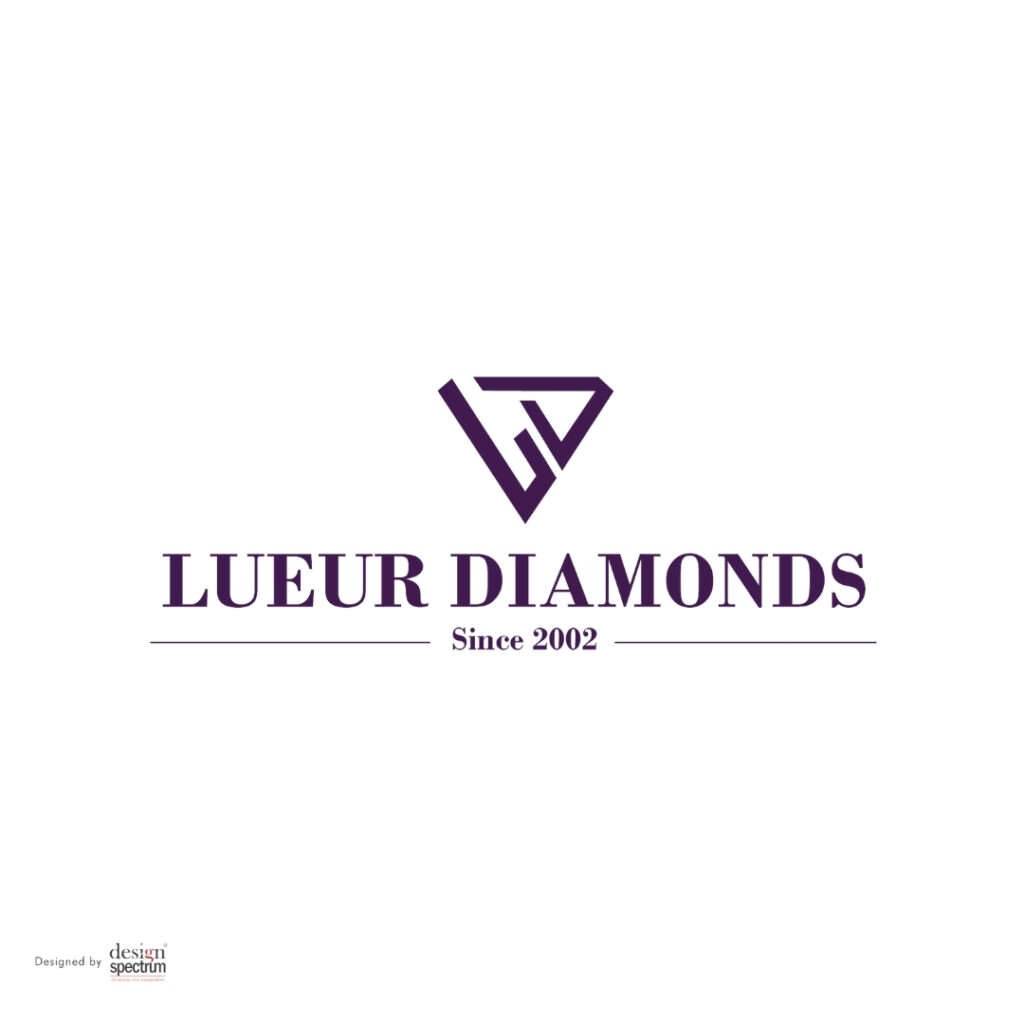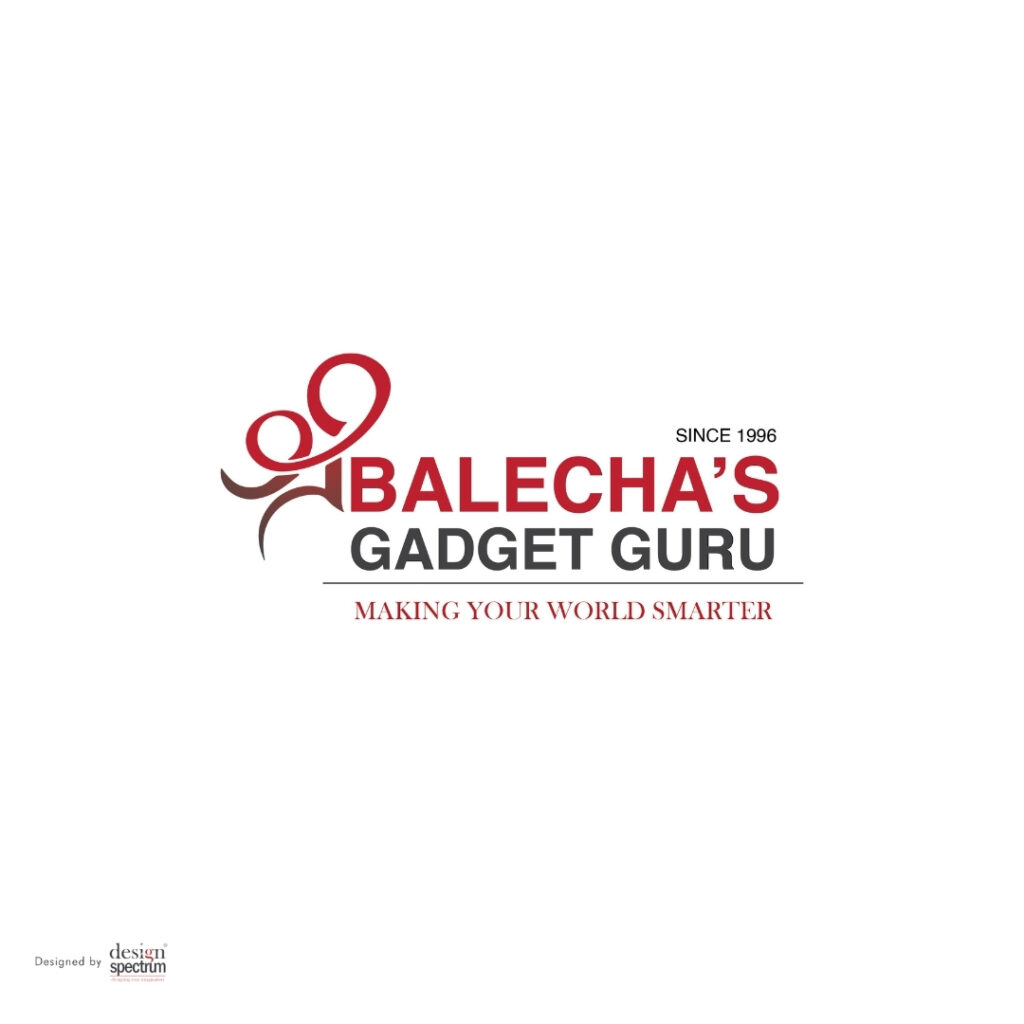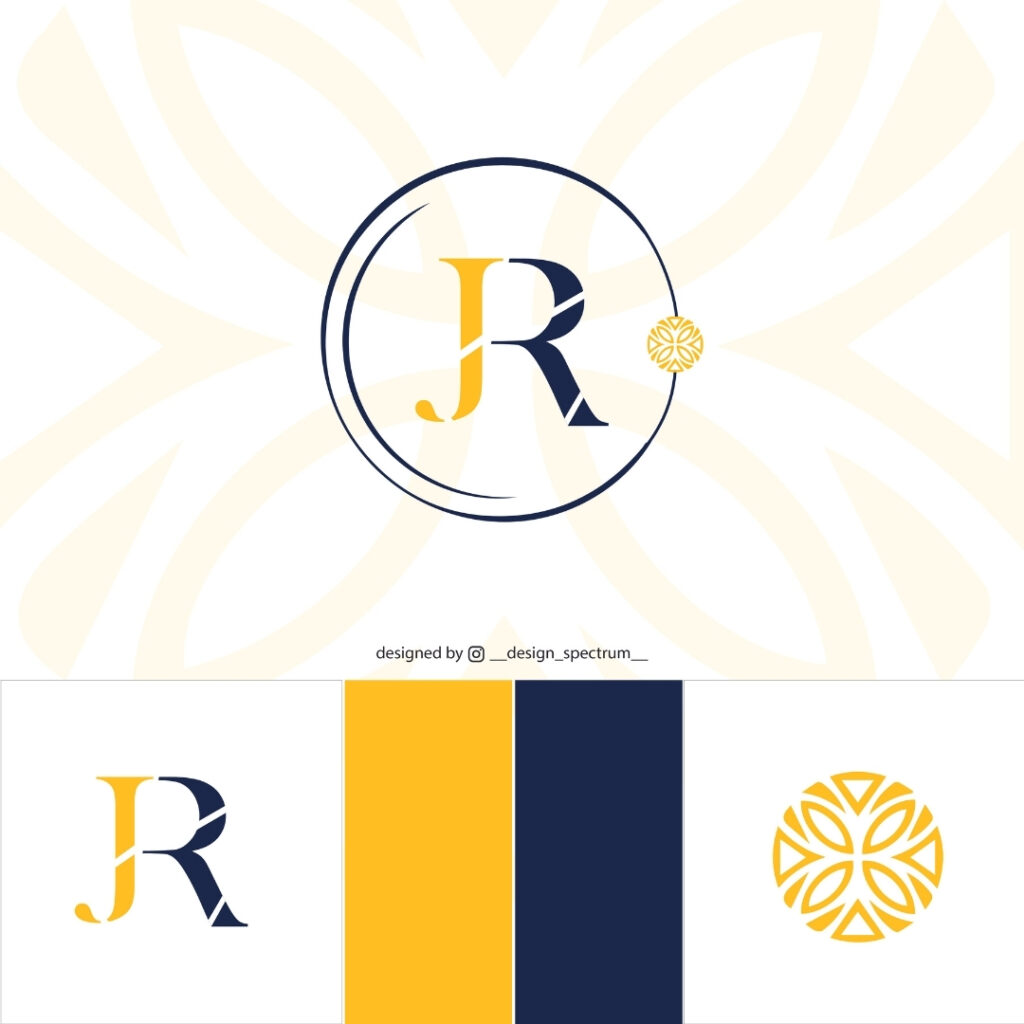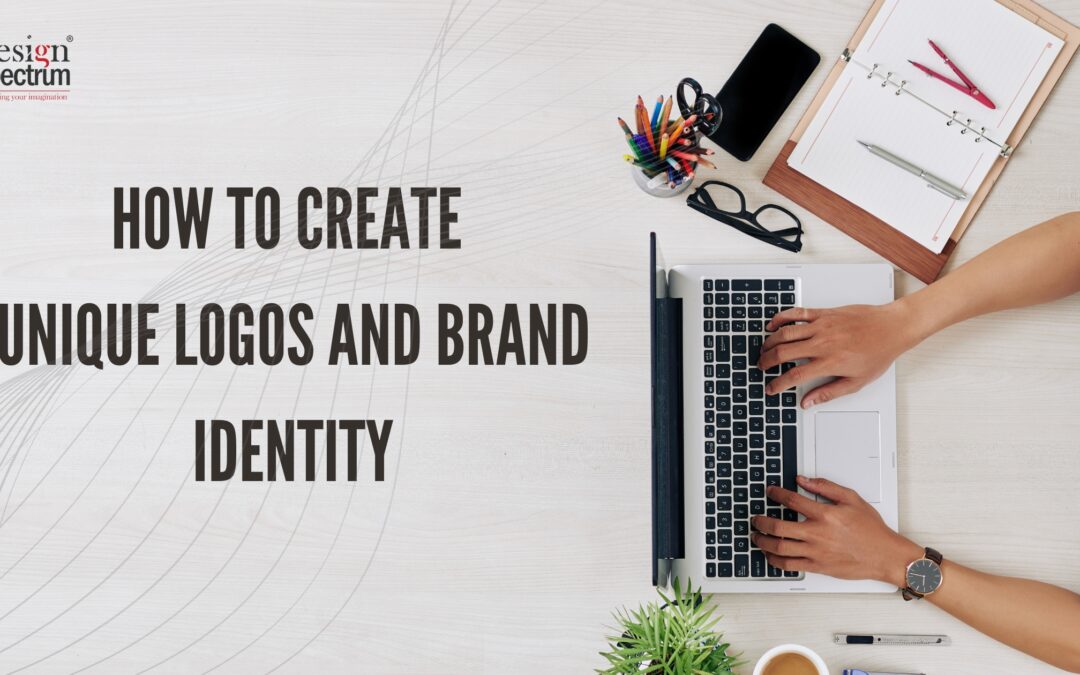Introduction
Creating a unique logo and brand identity is essential for any business aiming to stand out in a competitive market. A logo is more than just a visual symbol; it represents the essence of your brand, conveying its values, personality, and promise to your audience. In this blog, we’ll explore how to create a distinctive logo and brand identity, and delve into the various types of logos to help you choose the right one for your business.
Table of Contents
Understanding Brand Identity
What is Brand Identity?
Brand identity is the collection of all elements that a company creates to portray the right image to its consumer. This includes the logo, colors, typography, messaging, and overall design style. A strong brand identity helps build recognition, trust, and loyalty among customers.
Importance of a Unique Logo
A unique logo serves as the face of your brand, making it instantly recognizable. It sets you apart from competitors and can influence a customer’s decision to engage with your brand. An effective logo should be simple, memorable, timeless, versatile, and appropriate for your target audience.
Research and Understand Your Brand
Before you start designing, it’s crucial to understand your brand’s product or service they deal in, their core values, mission, target audience, and competitors. Conducting thorough research will provide insights that guide your design process.
Define Your Brand Personality
Your brand personality is the human characteristics associated with your brand. Is your brand fun and playful, or serious and professional? Defining this will help you create a logo that accurately reflects your brand’s identity.
Choose the Right Colors
Colors play a significant role in conveying emotions and messages. Each color has its own psychological impact. For instance, blue often represents trust and professionalism, while red can evoke excitement and passion. Choose colors that align with your brand personality and values.
Select Appropriate Typography
Typography is another critical element of your logo and brand identity. The fonts you choose should complement your logo and enhance readability. Consider using one or two fonts consistently across all brand materials to maintain a cohesive look.
Sketch and Conceptualize
Start by sketching out your ideas on paper. This allows for free-flowing creativity without the constraints of digital tools. Experiment with different shapes, symbols, and arrangements. Focus on creating a simple yet distinctive design.
Digitalize Your Design
Once you have a few promising sketches, transfer them to a digital platform. Tools like Adobe Illustrator or CorelDRAW are excellent for creating vector-based logos that can be scaled without losing quality. Play with different variations and refine your design.
Seek Feedback
It’s essential to get feedback from others, especially your target audience. Share your logo concepts with colleagues, friends, or a focus group. Constructive criticism can provide valuable insights and help you improve your design.
Finalize and Iterate
Based on the feedback, make the necessary adjustments, and finalize your logo. Remember, a great logo often requires several iterations to get it just right. Ensure that your logo looks good in different sizes and on various mediums.
Types of Logos
There are several types of logos, each with its own strengths and suitable applications. Here are some of the most common types:
1. Wordmarks (Logotypes)
Wordmarks are logos that consist of the company name written in a unique font or style. They are highly effective for businesses with distinctive names. Examples include Google, Coca-Cola, and Disney. Wordmarks are straightforward and make the brand name memorable.


2. Lettermarks (Monograms)
Lettermarks are typographic logos that use a few letters, usually the initials of the business name. They are ideal for companies with long or complex names. Famous examples are IBM, CNN, and HBO. Lettermarks are concise and easy to recognize.


3. Iconic/Symbolic Logos
Iconic logos use a symbol or icon to represent the brand. These logos are highly visual and can quickly convey the essence of the brand. Examples include the Apple logo and the Nike swoosh. Iconic logos are versatile and can be used without text, making them highly recognizable.

4. Combination Marks
Combination marks integrate both text and a symbol or icon. This type of logo provides flexibility, as the elements can be used together or separately. Examples include Burger King and Lacoste. Combination marks offer the best of both worlds, combining visual appeal with brand name recognition.


5. Emblems
Emblems are logos that incorporate text within a symbol or icon, creating a unified design. They often resemble badges, seals, or crests. Examples include Starbucks and Harley-Davidson. Emblems convey a sense of tradition and authority, making them ideal for certain industries.


6. Abstract Logos
Abstract logos use abstract shapes or forms to represent the brand. These logos are unique and can evoke specific feelings or ideas without relying on literal representation. Examples include the Pepsi and Adidas logos. Abstract logos offer creative freedom and can be highly distinctive.


Conclusion
Creating a unique logo and brand identity involves understanding your brand, choosing the right elements, and going through a thoughtful design process. Whether you opt for a wordmark, lettermark, iconic logo, combination mark, emblem, or abstract logo, ensure that it aligns with your brand’s values and resonates with your target audience. A well-crafted logo not only distinguishes your brand but also leaves a lasting impression, contributing to long-term success.
Invest time and effort into your logo design, seek professional help from Design Spectrum if needed, and remember that a strong brand identity is a powerful asset in building a successful business.

